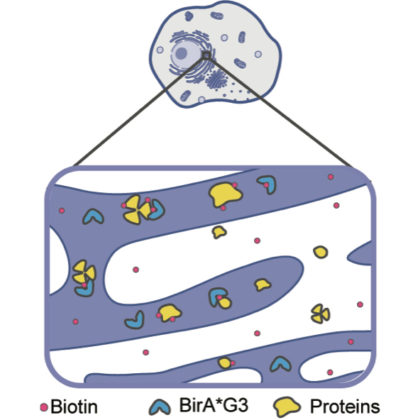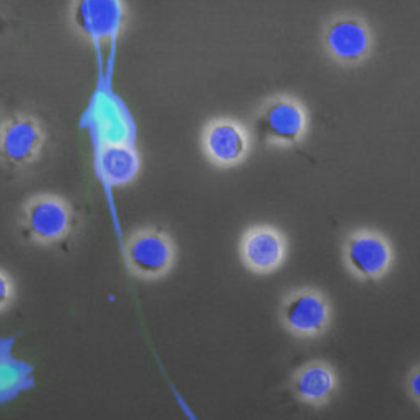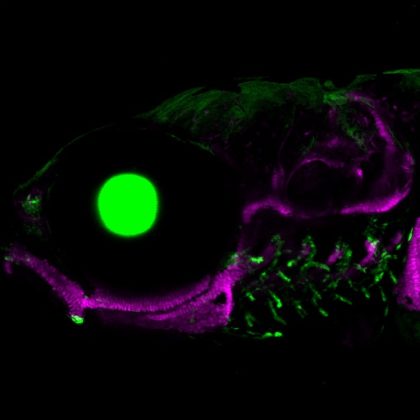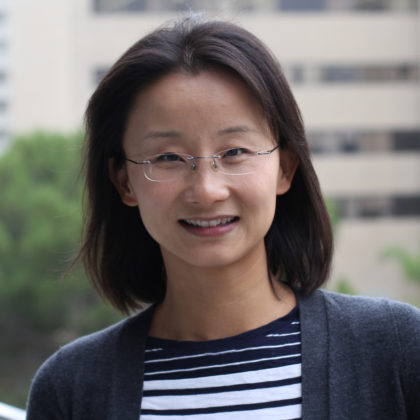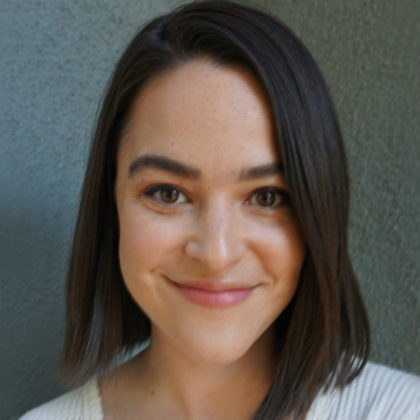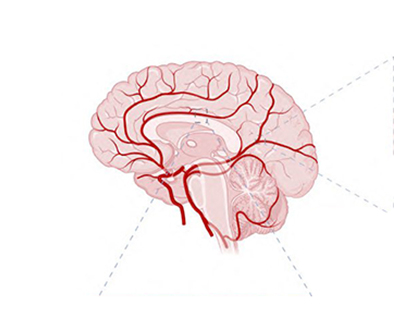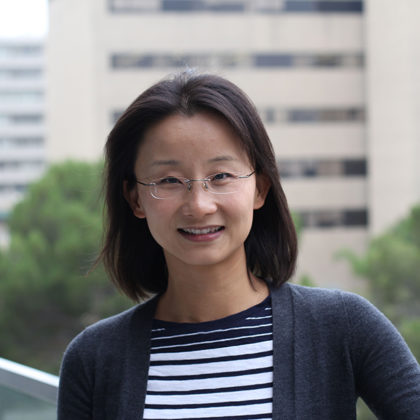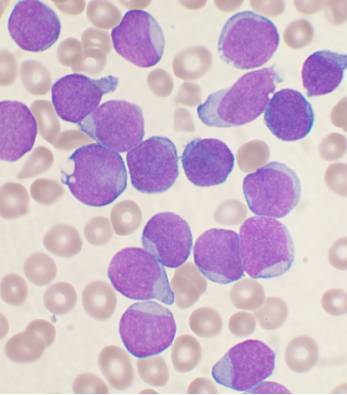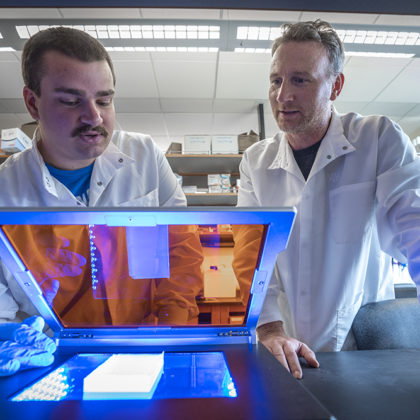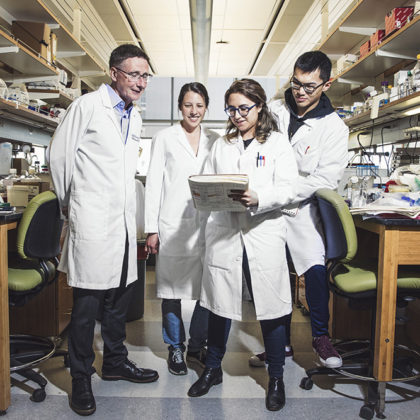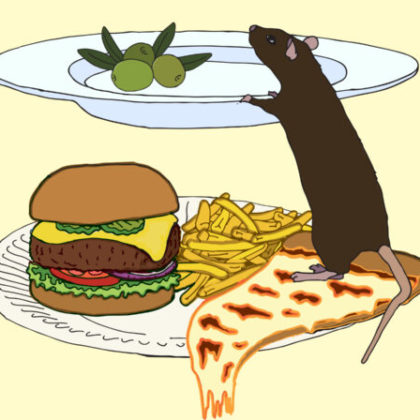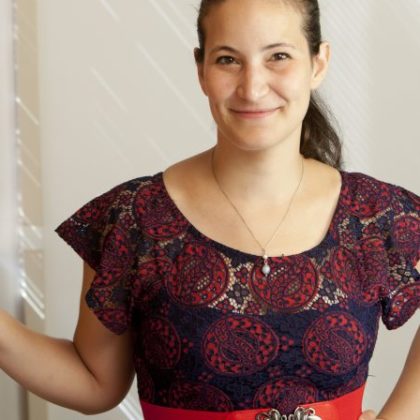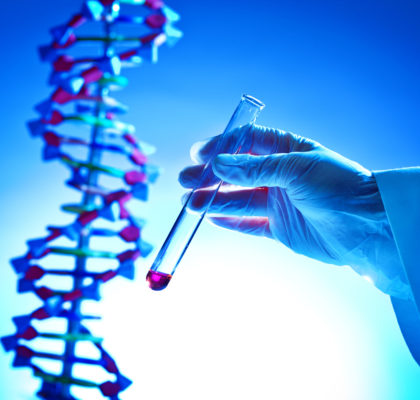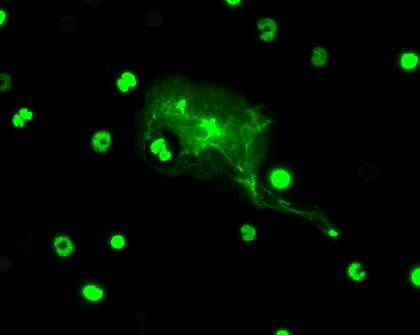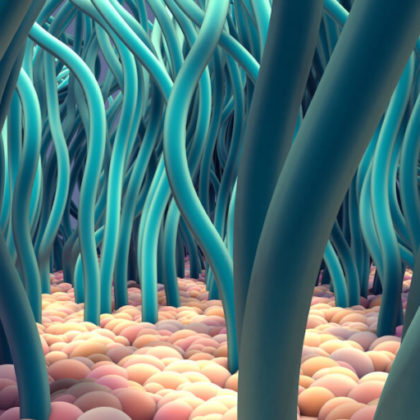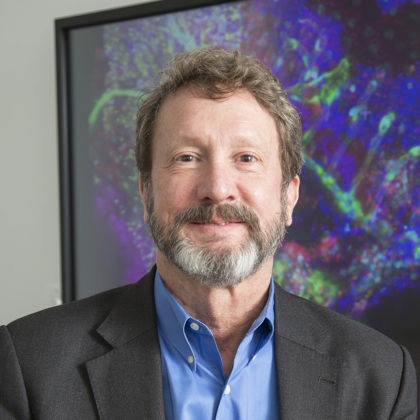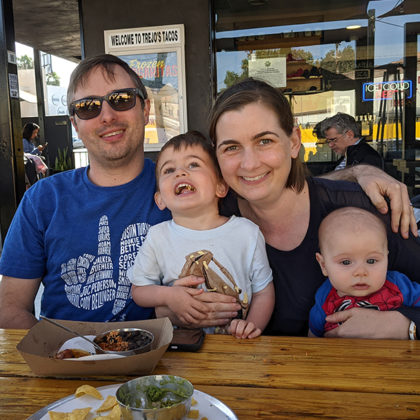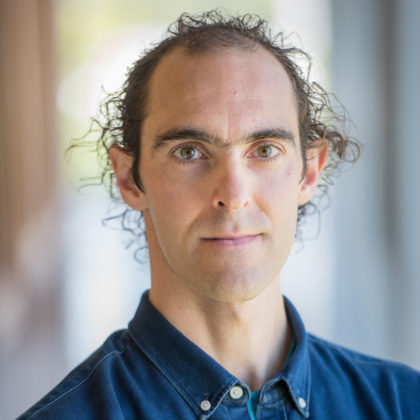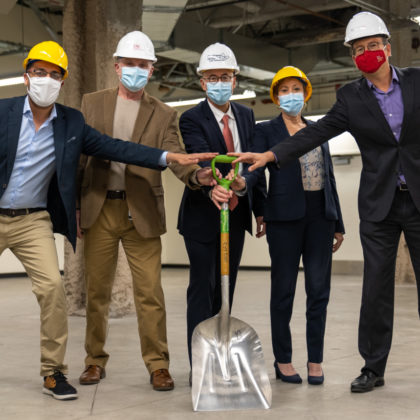This mouse can’t keep a secret about the “secretome”
The “secretome” refers to proteins that are secreted by a cell, a tissue or an organism. In a new study published in Open Biology, USC Stem Cell scientist Andy McMahon and his …
Study of mouse immune cells highlights differences between males and females
A new data set collected by USC Leonard Davis School of Gerontology researchers provides an important new resource for studying differences in immune system function by age and sex. The study, published …
How did vertebrates first evolve jaws?
Five-hundred million years ago, it was relatively safe to go back in the water. That’s because creatures of the deep had not yet evolved jaws. In a new pair of studies in …
USC faculty member Rong Lu: Providing insights into stem cell biology in the context of aging and disease
Rong Lu is an associate professor of stem cell biology and regenerative medicine, biomedical engineering, medicine, and gerontology at USC. She joins George Shannon, faculty member and host of the podcast “Lessons …
Where are they now? Stem cell master’s program alumna Clare Yarka, a Scientist at Instil Bio
In this series of alumni profiles, we highlight graduates of USC’s master of science program in stem cell biology and regenerative medicine. Our accomplished alumni have pursued many different paths—ranging from a …
Communicating science visually: Mukund Iyer, MaryAnne Achieng and Stephanie Chang win the 2022 Winter BioRender contest
For his graphic on immune cell function in the brain, Mukund Iyer took first place in the Winter 2021 BioRender Illustration competition for his schematic of breast cancer cells’ entry through the …
For USC Stem Cell faculty member Rong Lu, science is in her blood
When Rong Lu joined USC as an assistant professor of stem cell biology and regenerative medicine in 2014, she knew that earning tenure would figuratively require blood, sweat and tears. But after …
How alike are the cancer cells from a single patient?
Even within a single patient with cancer, there is a vast diversity of individual tumor cells, which display distinct behaviors related to growth, metastasis, and responses to chemotherapy. To carry out these …
Drug-like molecule points to novel strategies for cancer therapy
A decade ago, genome sequencing revealed a big surprise: about 50 percent of human cancers are linked to mutations in what are known as epigenetic regulators, which control the activity of genes. …
USC Stem Cell: An incubator for medicine of the 21st century
Just over a decade ago, USC was a university with a few scattered stem cell biologists, and a vision for total transformation. The university was committed to designing a unique “incubator” for …
Cycles of a fasting-mimicking diet help mice live longer, healthier
While many diets have been studied for effectiveness in preventing obesity and heart disease in both mice and humans, research on the effects and benefits of short, periodic cycles of fasting on obesity and heart health are lacking. In a new USC study on the health effects of a low-calorie diet that mimics …
Bérénice Benayoun receives prestigious investigator-focused grant
The Maximizing Investigators’ Research Award directly supports scientists, providing stability, flexibility and more opportunities for breakthroughs. The National Institute of General Medical Sciences has awarded an R35 Maximizing Investigators’ Research Award (MIRA) …
Top scientists and research institutions propose improvements to cell- and gene-based therapy development
Led by a USC cell and gene therapy researcher, an international coalition calls for more transparency and reproducibility in research and development of breakthrough treatments. Scientists around the world are achieving significant …
Study highlights differences in immune cell function between male and female mice
A new USC study of a common, yet poorly understood type of white blood cell reveals the human immune cell’s response to pathogens differs greatly by sex and by age. In this mouse study, males proved much more susceptible to a condition called sepsis than females. However, the scientists also found that the female disease-defense system is …
Could mapping tiny hairlike structures help treat lung illnesses?
With a $2.3 million NIH award, USC researchers will study how cilia behavior and structure impact their function, a key in improving diagnostics and treatments for lung illnesses like COVID-19. Cilia, microscopic …
USC Professor Scott E. Fraser redefines impossible problems
USC Professor Scott E. Fraser is known for inventing new microscopes and other tools to observe living, developing embryos. But one of his lab’s most important pieces of technology filters coffee instead …
USC Professor Megan McCain crafts an approach to tissue engineering
Megan McCain has always liked using her hands to create things, ranging from art projects to human heart cells that grow on silicon chips. “I’ve always loved building things and doing crafts, …
Bérénice Benayoun receives GSA Nathan Shock New Investigator Award
The Gerontological Society of America (GSA)—the nation’s largest interdisciplinary organization devoted to the field of aging—has chosen Assistant Professor Bérénice Benayoun of the USC Leonard Davis School of Gerontology as the 2021 …
USC Stem Cell scientist Leonardo Morsut awarded $2.5 million NIH grant to explore “synthetic” embryonic development
Whether in an earthworm or a human being, developmental processes are driven by complex networks of genetically-encoded signals that enable cells to take cues from each other and their environment. To begin …
CHLA, Keck School, Keck Medicine and USC Norris partner on cell therapy program as construction on new facility begins
The essence of translational medicine is taking an idea from the drawing board and “translating” it into a real-world treatment that helps patients. The winding road of that process takes plenty of …
